5 sustainable ways to celebrate World Food Day
5 sustainable ways to celebrate World Food Day
5 sustainable ways to celebrate World Food Day
10/16/2020

It’s World Food Day! The worldwide event recognizes the need to help those in hunger and provide food security for everyone. Guam has clear need to participate as it imports more than 90% of its food and more than 15,000 Guam residents critically depend on Supplemental Nutrition Assistance Program benefits, also known as SNAP or food stamps.
The United Nations’ Food and Agriculture Organization is organizing the 2020 World Food Day around the theme “Grow, Nourish, Sustain. Together.” Guam is advancing the 17 United Nations Sustainable Development Goals (SDGs), through the Guam Green Growth Initiative. World Food Day addresses SDGs No. 1 No Poverty, No. 2 Zero Hunger, No. 3 Good Health and Well-Being, and No. 15 Life on Land.
Here are five ways to participate in World Food Day and contribute to a more sustainable and food secure future:
- Choose Healthy and Diverse.
Adding a variety of different types of produce in your diet is not only healthy, it’s also healthy for the planet. A diverse diet supports plant biodiversity, which is important for healthy soil and ecosystems. For recipes with a variety of produce options, check out the Micronesia Climate Change Alliances’ cookbook, “Fanggái'ase' - Conscious Living and Compassionate Eating.” ,It was made by local women and has plant-based recipes from Chamoru, Filipino, and internationalcuisines. Grab a copy at from micronesiaclimatechangealliance.com or at Pay-Less Supermarkets.
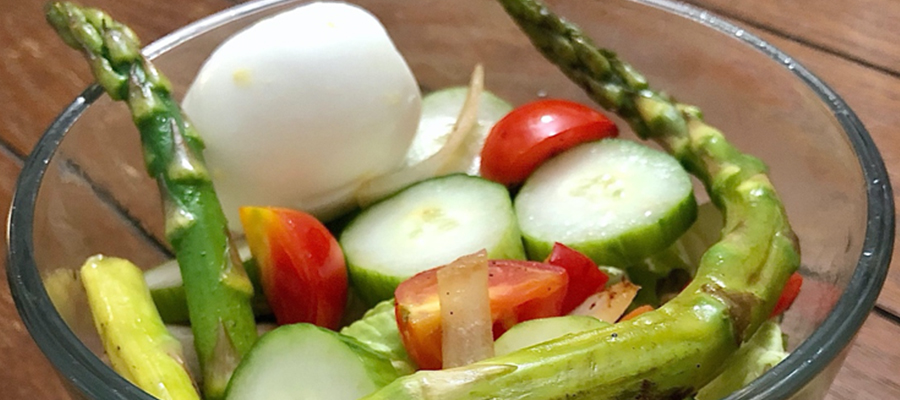
- Buy Local. Support Local Farmers.
Swap your usual produce picks, such as lettuce and cucumbers, with local produce. This helps support local farmers and the local economy and contributes to crop diversity. Find local produce by checking out UOG Triton Farm, Farm to Table, and Guåhan Sustainable Culture (they offer curbside pickup) on their social media accounts.
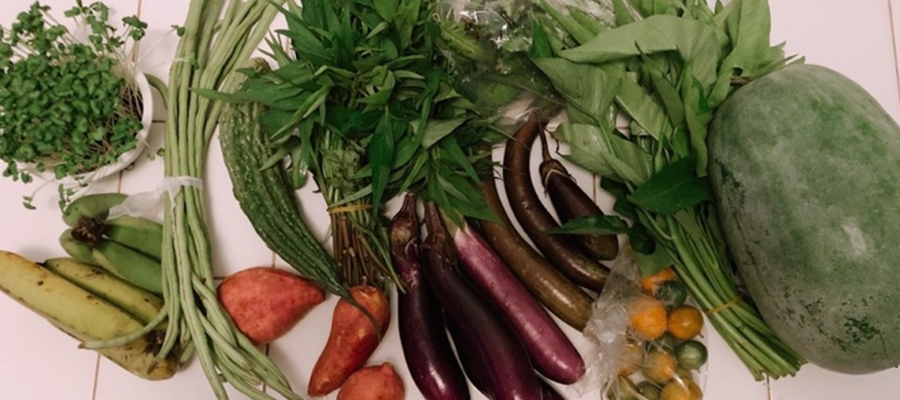
- Grow Your Own Produce.
Decrease trips to the grocery store and increase your food security by growing fruits and vegetables at home. If you don't have a yard, you can use old buckets, milk cartons, and food containers to grow small plants, such as eggplant, tomato, and herbs. Get started by planting the ends of lettuce, green onions, and pineapples you've already consumed. Add nutrients to your home garden by composting your fruit and vegetable scraps. Visit the UOG CNAS website for guidance on home gardening.
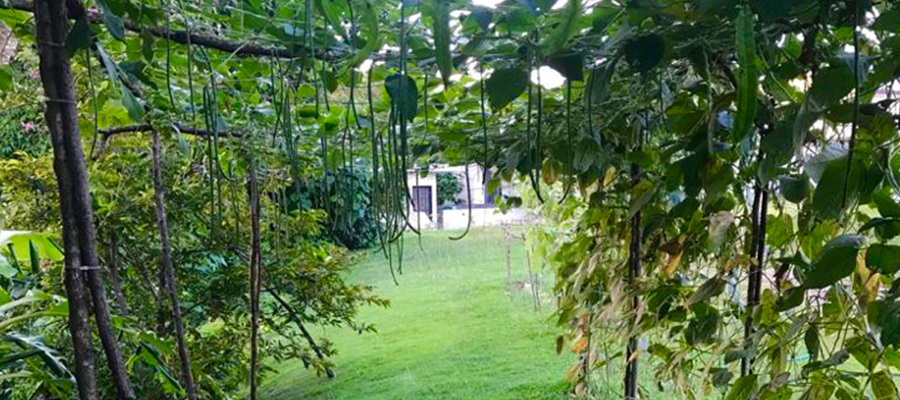
- Start Composting at Home.
"What do I do with all my fruit and vegetable scraps,” you ask? Start your own compost at home. Composting not only reduces waste from filling our landfill, it also helps retain moisture and suppress plant disease in your home garden. If you don’t have a home garden, save your kitchen scraps for family or friends who do. Check out this composting guide from UOG.
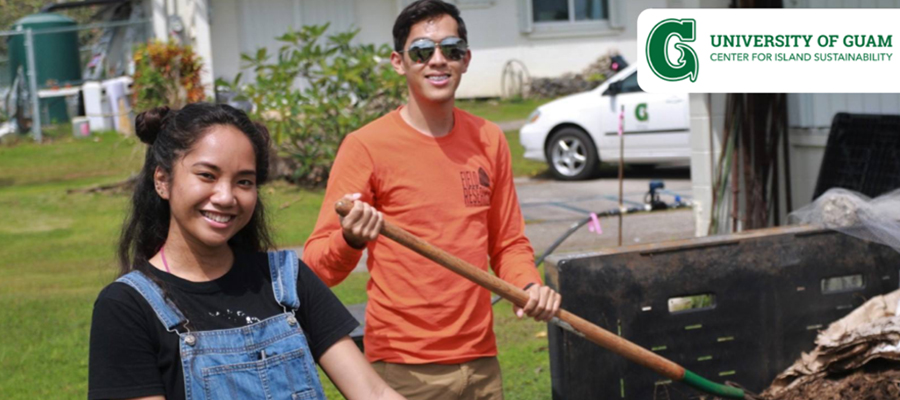
- Cut Down on Food Waste.
Although food waste can occur anywhere in the food system, each of us can ensure that our food does not go to waste by planning meals ahead of time and learning how to store uneaten food for another day’s meal. Also, next time you go grocery shopping, be honest with yourself. Are you really going to eat those mushrooms, carrots, lettuce, and cucumber before they go bad, or should you wait and buy those another time? Check out this How to Reduce Food Waste Guide from BBC.
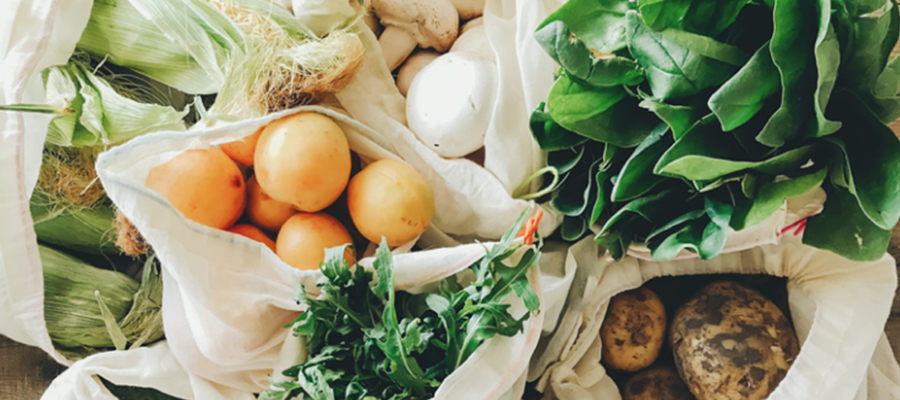
Follow the Center for Island Sustainability on Facebook, Twitter, or Instagram for more tips and news on sustainable living.

This article was written by Phillip John R. Cruz, sustainability coordinator with UOG's Center for Island Sustainability.
